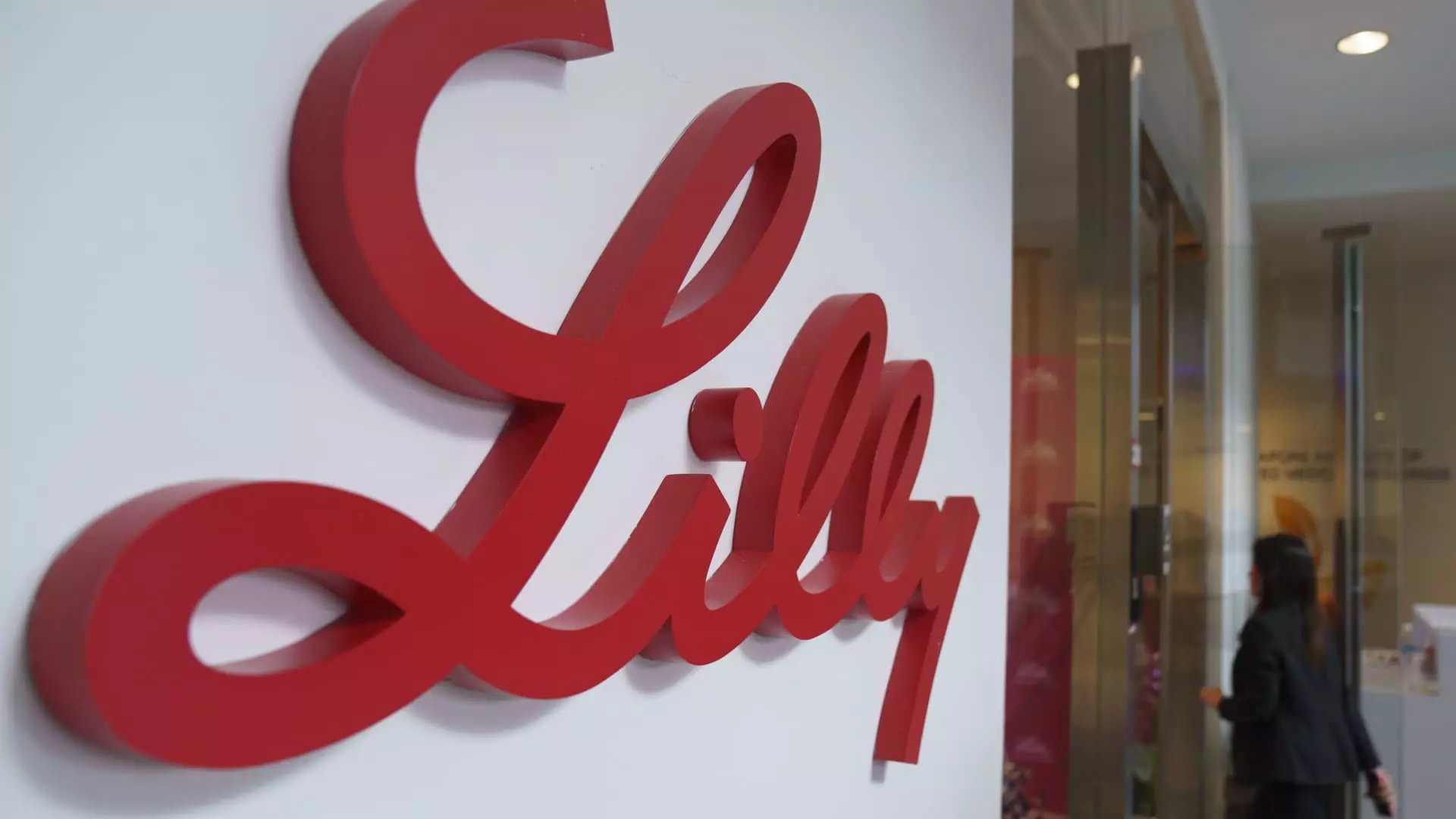Eli Lilly has recently adjusted its revenue forecasts, reflecting a more cautious stance regarding the demand for its diabetes and weight loss medications. The company announced a notable decrease in its revenue expectation for 2024, estimating around $45 billion, a drop from the prior forecast of $45.4 billion to $46 billion disclosed in October. This revision, which marks a 32% year-over-year increase, led to an immediate dip in the company’s share prices, plummeting over 7% during midday trading. This unexpected downturn poses questions about the sustainability of the growth trajectory Eli Lilly had projected for its incretin-based drugs.
In response to the growing need for its diabetes treatment, Mounjaro, and obesity medication, Zepbound, Eli Lilly has made substantial investments in increasing its manufacturing capacity. The commitment to ramp up production comes amidst a surge in interest for these medications, representing a crucial aspect of the company’s strategy moving forward. Recent affirmations from the Food and Drug Administration (FDA) have indicated that the previous U.S. shortage of tirzepatide, the active ingredient in both drugs, has been resolved. CEO Dave Ricks expressed confidence in the supply chain, claiming that the firm anticipates a 60% increase in sellable doses of its incretin products in the first half of 2025.
Market Competition and New Developments
Despite notable strides in production, Eli Lilly faces fierce competition from rivals such as Novo Nordisk, as well as several emerging companies, in the increasingly lucrative market for diabetes and weight loss treatments. The growth of these markets has stimulated competition, challenging Eli Lilly to innovate continuously. In a bid to stay ahead, the company is also in the process of developing an oral version of its obesity treatment, which would provide a more user-friendly alternative for patients and simplify production logistics. Ricks hinted at the potential approval of this new pill in early 2025, which could significantly reshape the company’s market standing if successful.
In a statement reflecting on the revised guidance, Ricks pinpointed specific factors that influenced their projections. Despite a remarkable 45% growth in the U.S. incretin market compared to the same quarter last year, the company had initially anticipated an even greater acceleration in growth. Factors contributing to the recent underperformance include lower-than-expected inventory levels as the year concluded, a detail that analysts had not fully factored into their predictions. The company also issued a promising forecast for fiscal 2025, projecting sales between $58 billion and $61 billion, potentially indicating a recovery and strong demand surge in the near future.
The current narrative surrounding Eli Lilly’s revenue guidance highlights the challenges and dynamic nature of the pharmaceutical sector, particularly in the face of evolving market demands and increased competition. While the cut in projections raises concerns about meeting ambitious growth targets, the company’s continued investments in production capacity and new product development may provide a pathway to regain momentum. Stakeholders will need to closely monitor how Eli Lilly adapts to these challenges and whether its strategies will translate into long-term success in this competitive landscape.

